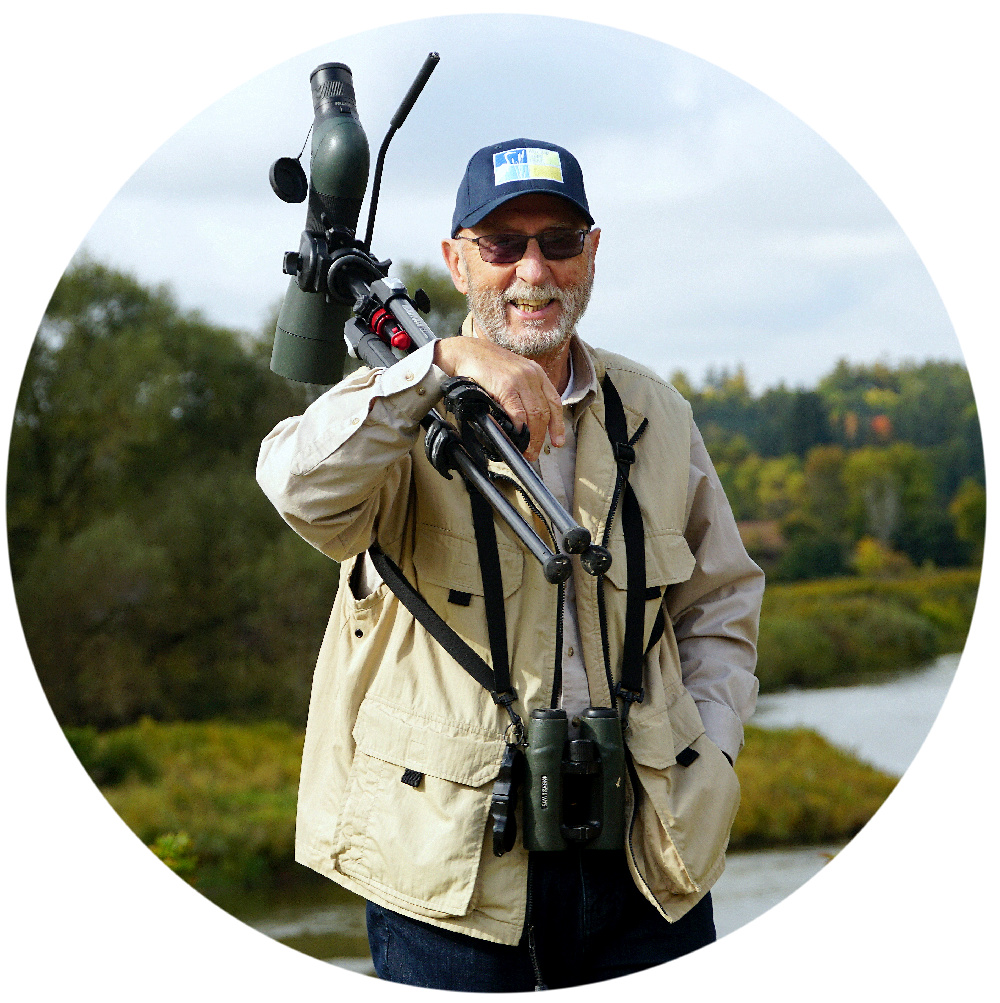The parotoid gland is found on the back, neck and shoulders of toads. It secretes a milky alkaloid substance called bufotoxin, to deter predators. Bufotoxin operates as a neurotoxin.
In the picture of an American Toad Anaxyrus americanus americanus below, taken locally in Cambridge, ON, the raised glands are very visible, located somewhat behind the eyes.
American Toads present an entire range of colouration, as can be see from the following pictures, all from an area within a thirty kilometre range from my house. Doubtless the colour of the skin can change hue depending on environmental conditions and the substrate in which the toad finds itself.
In all instances the parotoid glands are clearly visible, although not as prominent as in the first picture, where they are a lighter shade than the rest of the toad's skin.
I have no doubt that the secretion of bufotoxin is effective as an anti-predator strategy in many instances, but as far as I can tell, it appears to offer little defence against avian predators such as Broad-winged Hawk Buteo platypterus or Great Blue Heron Ardea herodias.
Sunday, October 11, 2015
Parotoid (alternatively paratoid) Gland in American Toads
David M. Gascoigne, Sunday, October 11, 2015
David M. Gascoigne,
I'm a life long birder. My interests are birds, nature, reading, books, outdoors, travel, food and wine.
you may also like
Subscribe to:
Post Comments (Atom)
Land Acknowledgement
We acknowledge that the land on which we are situated are the lands traditionally used by the Haudenosaunee, Anishinaabe, and Neutral People. We also acknowledge the enduring presence and deep traditional knowledge, laws, and philosophies of the Indigenous Peoples with whom we share this land today. We are all treaty people with a responsibility to honour all our relations.
Followers
Welcome

My name is David. I'm a lifelong birder, fiercely committed to all of nature, however. Married to Miriam Bauman. I love to travel. I Enjoy a good book and a good glass of wine. To read more about me, click my ABOUT page.
Follow by Email
Search This Blog
Blog Archive
Popular Posts
-
I am quite confident in my judgement when I say that nuthatches (Family Sittidae ), small birds with a remarkable ability to scurry dow...
-
22 November, 2025 Leader: David M. Gascoigne Participants: Farid Asey, Heela Asey, Mina Asey, Palwasha Asey, Sameer Asey, Mary Ann Cassidy, ...
-
It has been a long time since I received those annoying, “Fail to publish, please try again later,” notices, but it is happening aga...
-
02 November, 2025 We had been invited to take a stroll though Laurel Creek C.A. with good friends, Dave and Mary, followed by coffee ...
-
29 November, 2025 After a snowy overnight, with everywhere white and glistening, it was a perfect day for an outing with our little Pri...
-
23 October, 2025 Predictably, Mallards ( Anas platyrynchos ) were easily found. You will note just left of centre in the picture...
-
I just returned from a successful and highly enjoyable visit to Colombia with birding friends. We'll all have very fond memories fo...
-
Mere days ago I was having a discussion with a friend about the exclusion of women from so many aspects of society in certain parts o...
-
Of late, there seems to be more and more involved with posting a comment to some blogs, not all by any means, but enough! It is ...
-
As I continue to be afforded the great pleasure of leading outings for Waterloo Region Nature, I am offering two options for local de...























A very informative blog, David, with clear photos.
ReplyDeleteGr Jan W
Interesting post! I don't think our local toads change colour, they're always greyish brown, but they also have the parotoid glands.
ReplyDeleteHello David, interesting information about these Toads.
ReplyDeleteEnjoy your week.
Regards,
Roos
The introduced Cane Toad has the same glands here - not good for native wildlife.
ReplyDeleteCheers - Stewart M - Melbourne
Great series of images. greetings
ReplyDeleteQue sapos más bonitos tenéis en Canada, son preciosos. Un abrazo desde España.
ReplyDeleteSuperbe individu David !
ReplyDeleteBelle rencontre
I guess I might be considered a two-legged predator to a toad. Must say I'm unlikely to feel the need to eat one now. Nevertheless thanks for your pictures and the information Mr G.
ReplyDeleteDearest David,
ReplyDeleteGuess toads get eaten a bit less than frogs, but still as you already mentioned, it is NO life insurance for them!
Love your photos, vivid detail.
Hugs,
Mariette
PS I have replied to your comment on my post: Hibiscus Blue Chiffon on Patio. We know quite well that hummingbirds live off nectar but they also do ingest some of the pollen.
Both of us are micro biologists...
Don't really know much about toads, I guess there must be a few species here but I can't recall seeing any.
ReplyDeleteBound to be some desperate lowlifes who try licking those toads to see if they get high............or is that just an urban myth?
Maybe when the princess kissed a frog it was really a toad and that is why she thought it turned into a prince!
DeleteLovely Toads. I love them.
ReplyDeleteNice to see all different frogs.
ReplyDeleteBeautifully photographed.
Greetings Tinie
These toads are really special to see.
ReplyDeleteThe first is also separately with those glands on the back of its head.
The other also have beautiful colors and drawings.
Instructive indormatie and so I learn so again at some :-)